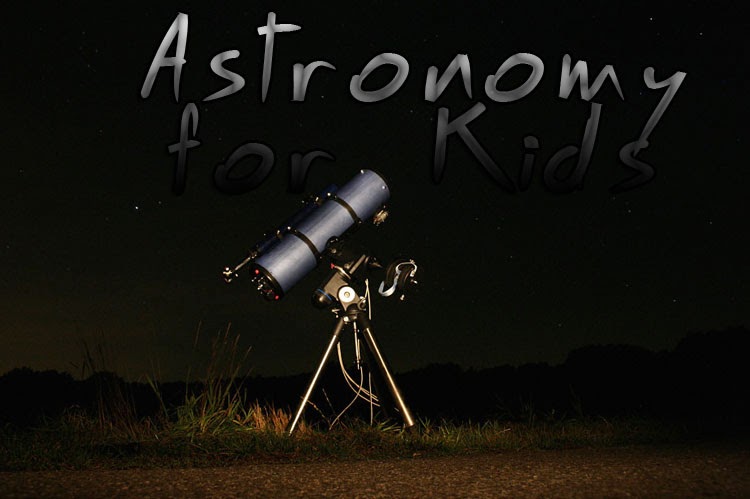Deep sky objects, or DSO, is a term that is used by amateur astronomers. Deep sky objects and deep space objects are two different terms that relate to two different things, and the terms are not interchangeable.
Deep sky objects are objects outside of our solar system that are very faintly seen, such as star clusters (both open clusters and globular clusters), nebulae (bright, dark, and planetary), galaxies, and quasars, all of which are billions of light years away from Earth.
Finding and viewing deep sky objects through a telescope, especially through a small telescope, is not a whole lot different than learning to play a sport like tennis, basketball, or soccer. Before you can actually play the game, you must first learn how to play. You have to learn the language of a sport, and you have to learn the language of astronomy. You have to learn the basic rules of any game, and astronomy has a set of basic rules that you must also master.
You don't need to rush right out and buy a $300 telescope either. Just like you don't need a $300 tennis racket to learn to play tennis. You can view deep sky objects with a telescope that is a 2.4" (60mm) refractor. Honest! Remember that is much easier to find deep sky objects when they are directly overhead. It is a good idea to use one of the monthly charts that are provided in the astronomy magazines to determine when your best viewing times are, but I wouldn't wait for the perfect time to start. Rain and clouds can stop you totally!
The best way to start is to first find objects that you can already identify and then, using the charts in the astronomy magazines, find the deep sky objects as they relate to constellations and planets that you are familiar with.













